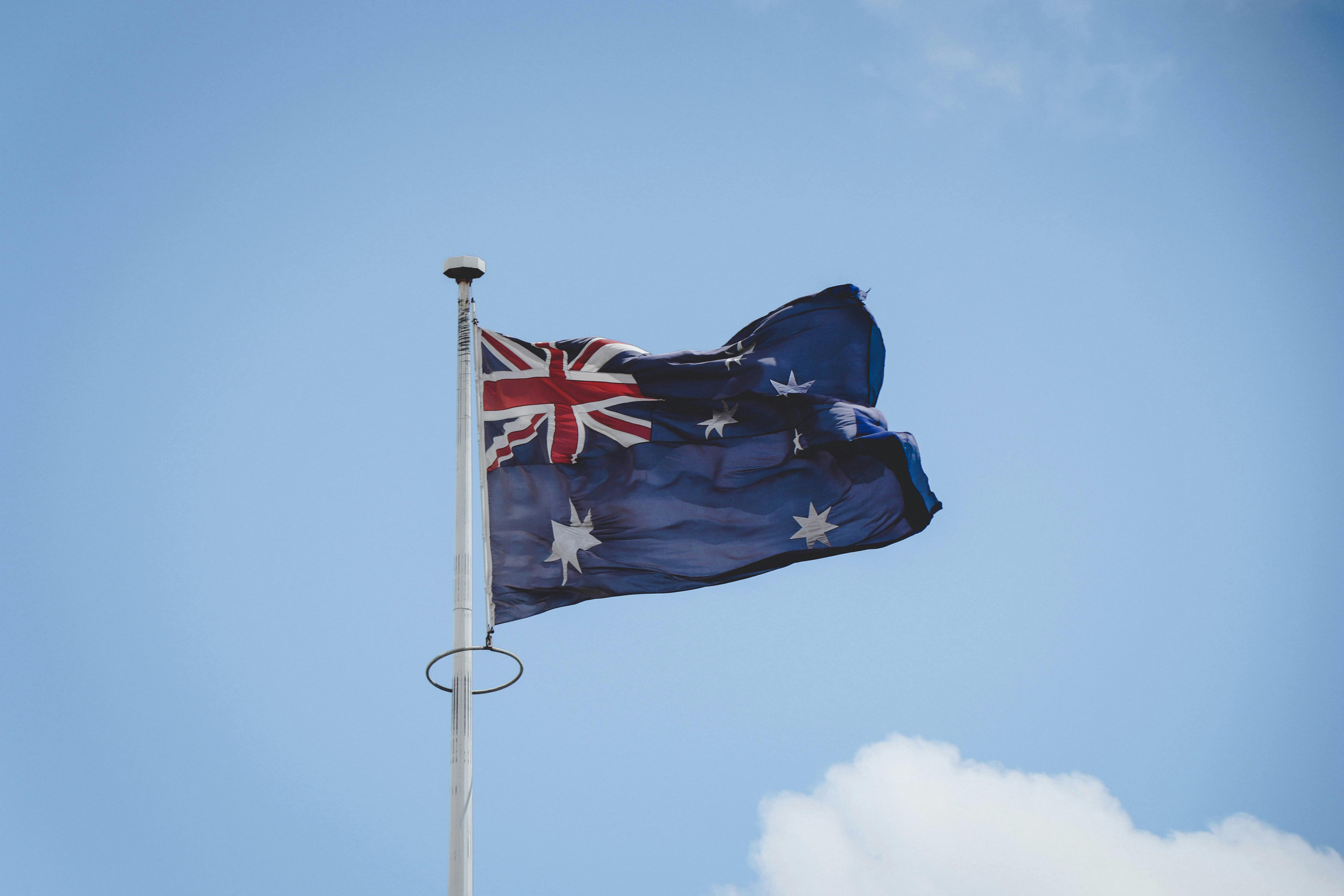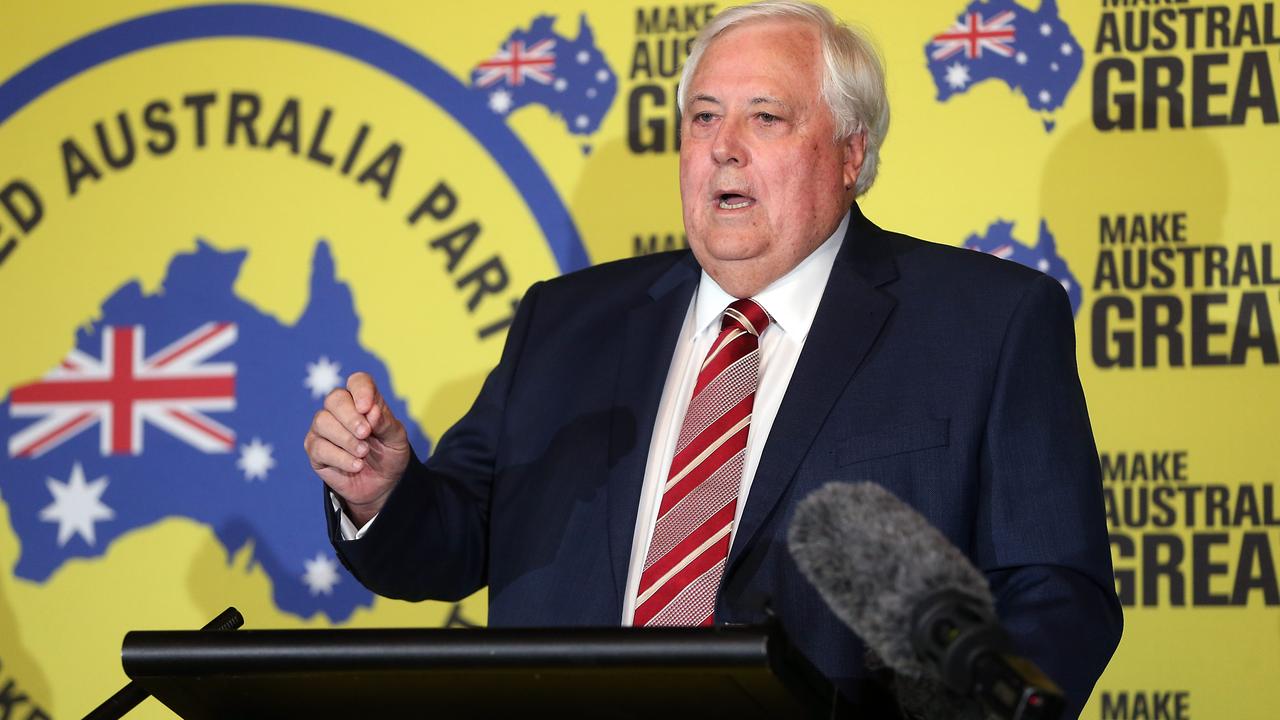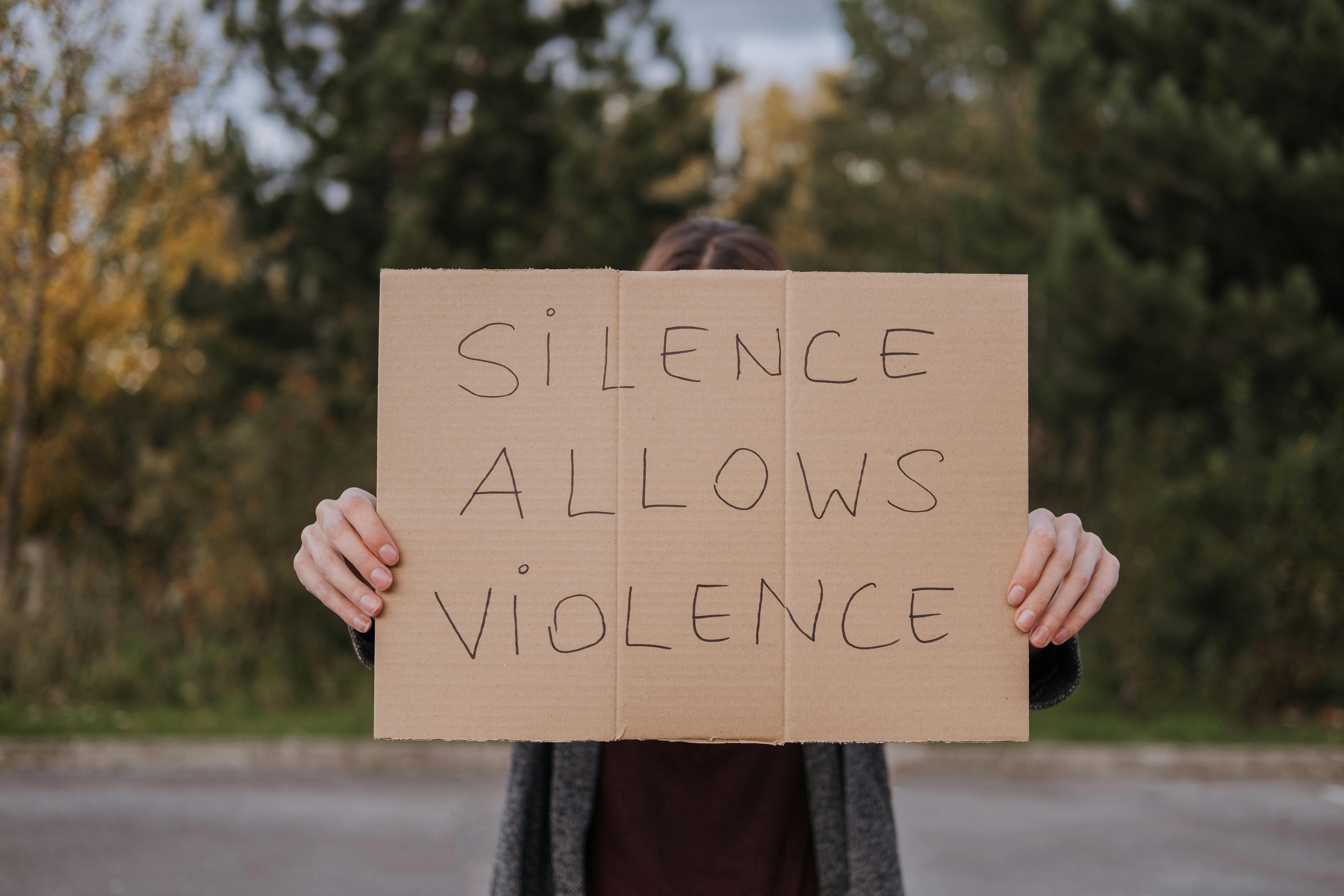Right-Wing Political Parties in Australia: A Simple Guide
The Big Idea in 30 Seconds
- Right-wing parties in Australia often focus on smaller government, national security, and traditional values.
- The Liberal Party and The Nationals dominate the centre-right.
- Smaller groups like One Nation and the United Australia Party represent more hardline conservative views.
- Issues like immigration, the economy, and social change shape where these parties stand.

What Does “Right-Wing” Mean in Australia?
In politics, "right-wing" usually refers to ideas that favor tradition, personal responsibility, and less government interference in people's lives. In Australia, that means things like encouraging free-market economics, strong national borders, and sticking to traditional social values.
But there’s a spectrum: some parties are moderate, while others push for stricter policies. Let’s break them down.
The Centre-Right: Liberal Party and The Nationals
The Liberal Party of Australia
Despite the name, the Liberal Party is not “liberal” in the way Americans might think. It’s Australia’s main centre-right party. That means it's right-leaning, but generally supports democracy, free speech, and steady governance—not radical change.
Founded in 1944 by Robert Menzies, the Liberal Party supports:
- Economic policies like lower taxes and less government spending.
- Free market solutions over big government programs.
- Social policies that lean conservative—such as support for traditional families and cautious immigration reform.
When governing, the Liberals often walk a tightrope—balancing their base’s desire for conservative values with the need to win broader public support. This tug-of-war has played out in leadership struggles, detailed in books like The Road to Ruin by Niki Savva.
The Nationals (National Party of Australia)
The Nationals are the Liberal Party’s long-time partners in government. They mostly represent rural and regional areas, focusing on farming, mining, and small communities.
Their key interests are:
- Boosting rural economies
- Supporting the agriculture industry
- Maintaining traditional values and communities
Together, the Liberals and Nationals often form what’s called the LNP (Liberal-National Coalition), especially in Queensland, where they actually merge into one party.
Further Right: Populist and Conservative Parties
Let’s move further to the right. These smaller parties often focus more on nationalism, stricter immigration policies, and skepticism of global trends like climate change or multiculturalism.

One Nation
One Nation was founded in 1997 by Pauline Hanson. It gained attention for its hardline stands on immigration, national identity, and Islam. It appeals to voters who feel left out by the major parties.
One Nation’s key beliefs include:
- Very strict immigration controls
- Opposition to globalism (like the United Nations)
- Support for Australian nationalism and culture
While once considered fringe, One Nation has kept a small but vocal presence, especially in Queensland and Western Australia. Books like The Rise of the Right show how this kind of rhetoric has gained ground in Australia over time.
United Australia Party (UAP)
Led by businessman Clive Palmer, the United Australia Party burst onto the political scene with flash and money—but finds real loyalty harder to earn.
The UAP often campaigns on:
- Freedom of speech
- Government accountability
- Opposition to vaccine mandates and lockdowns (especially during COVID-19)
The UAP invests a lot in advertising. While its influence has been limited at the ballot box, it speaks to a growing group of Australians who are deeply suspicious of government overreach.
So What Do They All Have in Common?
Even though they’re different, right-wing parties in Australia share some core ideas:
- Conservative views on society: They prefer tradition over rapid social change. Many oppose expanding progressive gender or environmental policies too quickly.
- Free-market economics: They want less tax, less red tape, and trust business to drive growth.
- Strong national identity: There's a focus on border control, patriotism, and sometimes resistance to multiculturalism.
However, there are big differences in how far each party takes these ideas. The Liberals might tweak an economic policy or delay climate legislation. One Nation might block it completely.
Why It Matters
Understanding right-wing politics in Australia helps explain everything from budget decisions to culture wars. It helps decode election debates, policy stances, and who speaks for whom in Parliament.
Think of it as a map: the centre-right gets most of the road. But the fringes are getting louder, especially during times of social or economic stress—as described in Quarterly Essay 71 by Laura Tingle, which explores how “strongmen” politics can rise when voters feel anxious.
Final Thoughts
Right-wing politics in Australia is not one-size-fits-all. From the well-established Liberal Party to the loud voices of One Nation and the UAP, these parties draw different lines in the sand.
Some offer stability and economic focus. Others yell about lost values and broken systems. Knowing where they stand—and how far right they lean—can help you better understand why Australian politics feels the way it does.

Find your place on the spectrum.
Now that you know the basics of the Australian parties, see where your own views align.
Take the Free Political Test